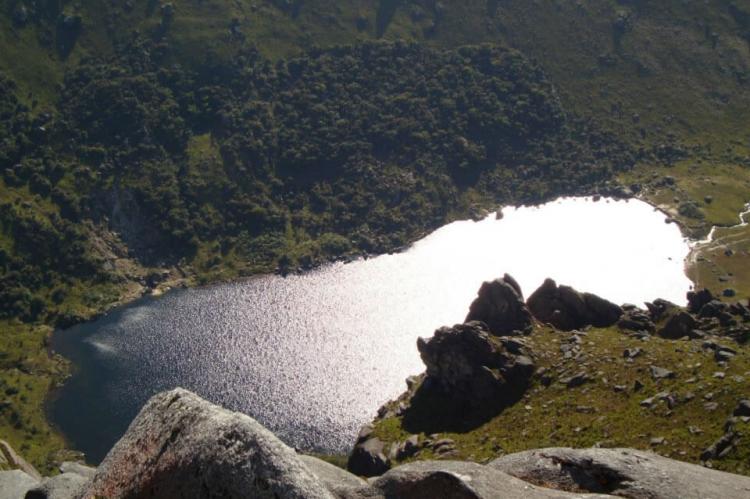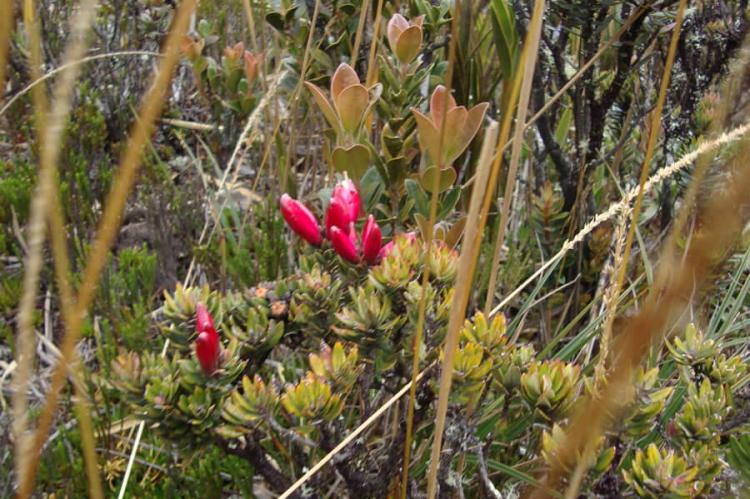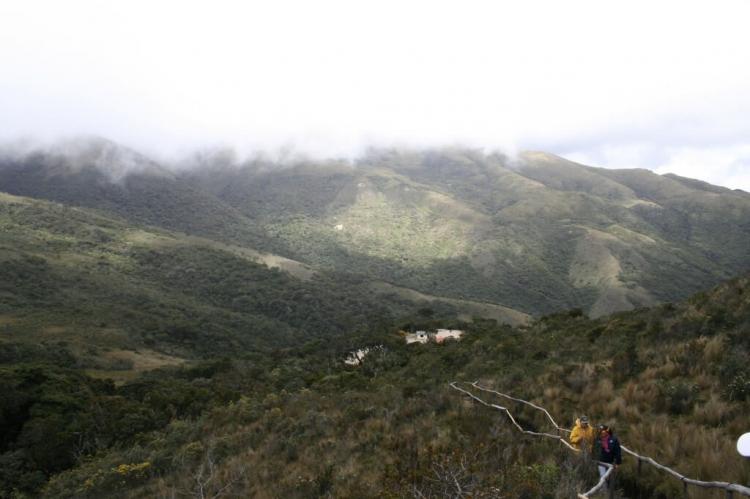Yacurí National Park (Ecuador)
Yacurí National Park is located in Ecuador, bordering the provinces of Loja and Zamora Chinchipe. The protected area contains a variety of ecosystems, over 46 high-altitude lakes, many endangered species, archaeological ruins, and petroglyphs.
Yacurí National Park
Yacurí National Park is a 43,100 ha (106,500 acres) protected area in Ecuador between Loja and Zamora Chinchipe. Founded in 2009, it is part of the larger Podocarpus - El Condor Biosphere Reserve.
Yacuri National Park spans the Continental Divide of the Americas and thus contains both Pacific and Atlantic watersheds. In addition, the headwaters for the Chinchipe-Mayo (east) and Catamayo-Chira (west) water basins are in the park.
The bedrock of the western slope in the park is a complex of andesitic lavas, pyroclastics, shales and rhyolite. Schists, quartzites and gneisses dominate the eastern slope.
The park contains a variety of ecosystems:
- Southern Andean Brush Plains
- High Altitude Eastern Andean Evergreen Forest
- Southern Andean Dry Mountain Bushes
- Eastern Andean Cloud Forest.
The National Park contains over 46 high-altitude lakes. In addition, the park includes lagoons, streams and bogs dominated by grasses and mosses. Rocks surrounding the wetlands support a thick growth of lichens, and Polylepis trees typically dominate the slopes around the bogs.
Yacuri National Park contains approximately 280 plant species, of which 32 are endemic to the park. Two of the species are endangered, and 11 are vulnerable.
There are 18 species of mammals in the park, of which five are endangered. Mammals include the vulnerable Cougar (Puma concolor concolor), the endangered Mountain Tapir (Tapirus pinchaque) and the endangered Spectacled Bear (remarctos ornatus).
There are 111 bird species, of which four are endangered and 11 amphibian species, of which four are endangered.
Some of the most commonly visited park features include:
-
Laguna Negra is an extremely deep lake in the caldera of an extinguished volcano, known for its medicinal waters and often visited by nearby traditional priests (or medicine men)
-
Laguna Yacurí is the largest lake in the park and the park's namesake
-
The Qhapaq Ñan (Inca road system) passes through the park
There are also archaeological ruins, including petroglyphs, plazas, and cemeteries on the western side of the protected forest.


